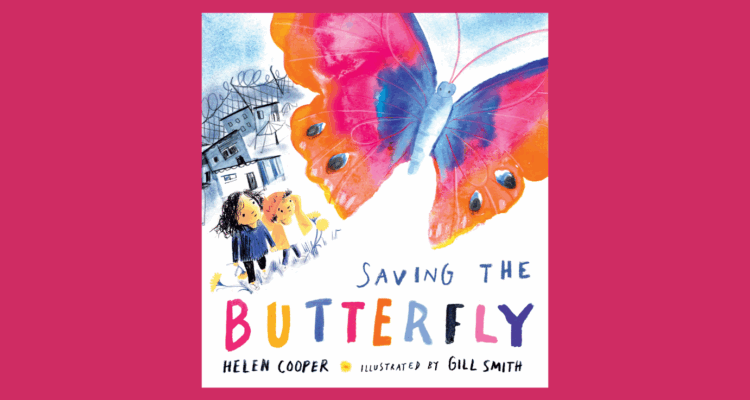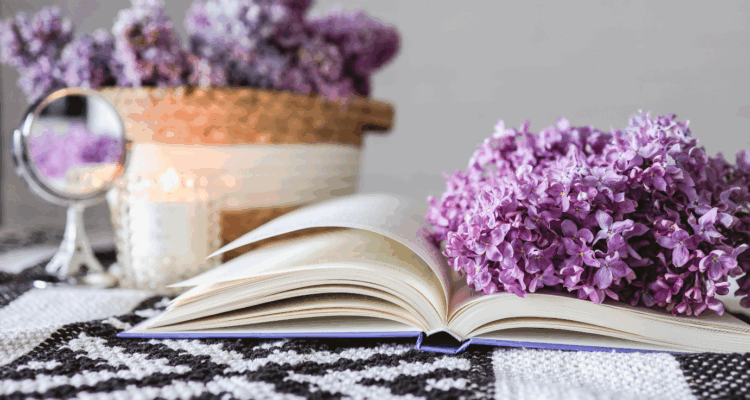From the Bookshelf: Half of a Yellow Sun
As part of our ongoing work around The Reader Bookshelf, we've asked staff to share their thoughts about some of the inspirational texts in the collection.
This month, Lisa offers some reflections and thoughts on the novel Half of a Yellow Sun by Chimamanda Ngozi Adichie.
 Word by Lisa
Word by Lisa
‘There are two answers to the things they will teach you about our land: the real answer and the answer you give in school to pass. You must read books and learn both answers.’
Quite often, life is framed according to two opposing sides. We live through our own individual situations, each of us approaching what we experience with our personal viewpoints, opinions and feelings. Yet there is always a duality of thought lurking in the back of our minds, a constant push and pull happening around and within us. If we feel that whatever we are doing at one point in time isn’t right, then surely that means it must be wrong? We make our allegiances, whether they be influenced by politics, where we are located or just a matter of personal preference, and find ourselves placed within clear boundaries. The middle ground exists somewhere, but it can often be hard to locate, particularly in a world that feels like it is doing its utmost to categorise and pit us against those who are ‘on the other side’.
On the face of it, Half of a Yellow Sun could be boiled down to being a novel about this kind of duality. There are certainly lots of opposites that come into play from the outset and during the course of the book: between men and women, black and white, rich and poor, those who have privilege when it comes to education and wealth and those who are lower down the ladder in status. As a reader, I hesitate to draw such defined lines or think within the terms of ‘this’ or ‘that’, even when such frames of reference can be initially helpful. What always intrigues and excites me about reading is the chance to find the spaces in between in any given situation; looking at the parts of life which can feel hazy or hard to easily define, and, with the help of what is written on the page, beginning to develop new thoughts and come to new understandings.
In teaching Shared Reading, we talk a lot about exploring. When you begin to dive down beneath the surface, there is plenty to explore within Half of a Yellow Sun, especially for the five people who we spend time with throughout the novel, moving through the world by seeing through their eyes and occupying space in their minds.
The events of Half of a Yellow Sun take place over the course of a decade, the 1960s, and we move back and forth between the early part of the sixties and the later half throughout the book. This movement through time is something I found particularly interesting, as it means we encounter the characters in a different way, seeing how they change in response to what is happening around them, and circling back again to their previous ways of being. If it feels a little disorientating at times, the cultural context of the novel gives something of an explanation for that. It is set in a time of significant change, uncertainty and upheaval: a civil war is brewing in Nigeria, with the Igbo people – the ethnic group that four of the five central characters belong to – the subject of persecution. During the book, we are with the characters in the ‘before’ and ‘during’ periods of the war, living all of the confusion, shock and earthquake-like shifts with them as life turns rapidly upside down.
I have been fortunate enough not to have been personally affected by war, with my experiences limited to history books, photographs in newspapers and reports on television screens. I was conscious that a European conflict was occurring in real time alongside my reading of Half of a Yellow Sun, and at times I wondered whether it was the right moment to read it; whether I would feel overloaded by the weight of what war inflicts upon the lives of people, the relationships they have with others, as well as the effects in the wider world, while I was absorbing the news about events in Ukraine.
What I found really valuable was to approach the heaviness of war through a lens of human experience, by being with the characters. Each of the characters in Half of a Yellow Sun finds themselves plunged into darkness with the onset of the civil war, finding different ways to cope with the unthinkable as it comes closer to touching their lives. This is what feels like the truest, most relatable way to meet something we have no first-hand knowledge of; to consider what it might be like to live that person’s life, especially as they continue with the mundane and day-to-day details that comprise so much of life, which do not disappear even as the conflict grows larger.
Where do we turn when everything feels overwhelming? How do we hold onto the light when the mere act of keeping it alive and visible seems dictated by things beyond our control? Often, by going on and simply surviving. Preoccupying ourselves with the here and now, the meal we cook that evening. Spending time with family and friends, listening to the radio. Reading poetry and books. Thinking of the past and making plans for the future, even when it feels far away enough to seem like a dream. There are bright spots to be found amidst the bleaker times, and it is a testament to the human condition, shown through the actions of Olanna, Ugwu, Odenigbo, Kainene and Richard that, instinctively, we can keep light shining through the darkest of places.
The most powerful moments in Half of a Yellow Sun often come in those spaces in between, where echoes of the past meet the present, in ways that show us that we can never predict the ways in which our lives may turn, but we can, perhaps, gain unforeseen strengths from what has come before. Olanna is a witness to horrific events as the war begins to increase its grip throughout Nigeria, and her feelings of ineffectuality in the face of inhumane acts can resonate with many readers. As time progresses, her actions to save her own daughter, not from violence but from sickness and hunger, bring out qualities which she may have previously doubted in herself, but which have always been there, beneath the surface and lying in wait.
‘This was love: a string of coincidences that gathered significance and became miracles.’
Half of a Yellow Sun cannot help but be about opposition, yet it is also about survival, faith and love. Sometimes we have to live not on one side or another, but somewhere in between, where we ‘see things only in shadow, only in half glimpses’. In the darkest of times, light still exists in the hope we have for others, as well as for ourselves.
Share
Related Articles

Storybarn Book of the Month: Saving the Butterfly
This month, as part of Refugee Week (16-22 June), we've been taking a look back at one of our favourites…

June’s Stories and Poems
This month we are celebrating the natural world, and especially the many wonderful creatures that live within it, with June’s…

April’s Monthly Stories and Poems
Our year of Wonder with The Reader Bookshelf 2024-25 is coming to a close – though we won’t be putting…


